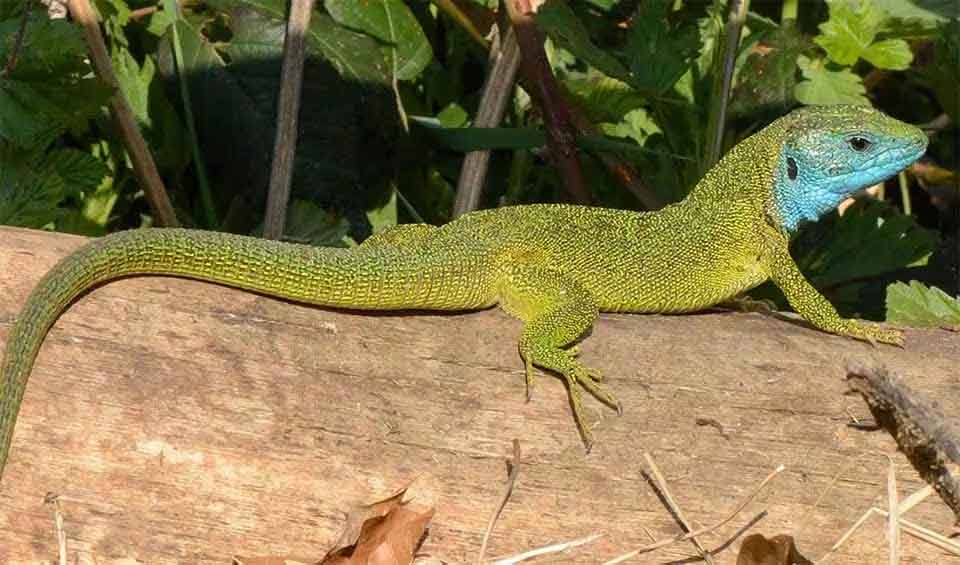Lacerta
You'll often find them hanging out on walls, rocks, or in grassy areas, soaking up the sun
A fascinating group within the lizard family, showcasing a wide array of traits that make them stand out in the reptile world. Found predominantly across Europe, these lizards are a common sight, darting through grasslands, forests, and even rocky hillsides.
One of the most noticeable characteristics of the Lacerta lizards is their streamlined bodies, which are perfectly adapted for their active lifestyle. They possess long, slender tails, which can be twice as long as their bodies, and strong, nimble limbs that are ideal for rapid movement. This agility is crucial as it helps them escape from predators and catch their prey, which mainly consists of insects and small invertebrates.
The coloration of Lacerta lizards is as varied as their habitats. These lizards can display a range of colors, from vibrant greens and blues to subtle browns and greys, often patterned with spots, stripes, or even more complex mosaics. This not only makes them a delight to observe but also serves as an excellent camouflage against the backdrop of their natural environments. Some species can even adjust their color tone to better match their surroundings, a testament to their incredible adaptability.
Lacerta lizards are diurnal, meaning they are active during the day. They love basking in the sun, which is vital for their ectothermic metabolism, helping them regulate their body temperature. Observing these lizards sunning themselves on a rock or darting out to snap up an insect can be a common yet engaging sight during a hike in their native regions.
An interesting aspect of Lacerta lizards is their reproductive strategy. Most species lay eggs, which the female carefully hides under rocks or in moist soil to protect them from predators and the elements. In some cases, the females will guard their nests until the eggs hatch, showcasing a level of parental care not commonly observed in many other lizard species.
Species in this genus
European green lizard
Usually green, but its color can change a bit depending on where it lives and what it’s doing


